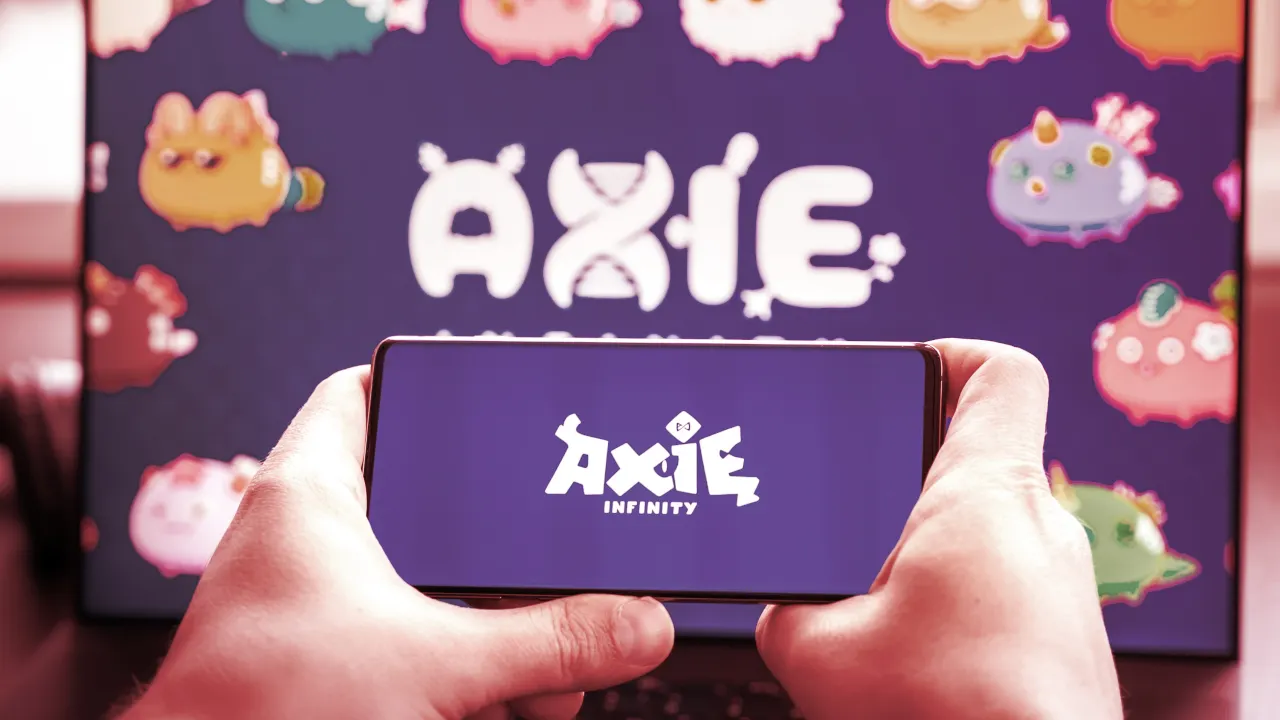After having its biggest year yet in 2021, the soaring decentralized finance market’s upward trajectory has leveled off in the first quarter of 2022.
Total value locked, which refers to the value of assets deposited in DeFi protocols, dropped 8% to $214 billion, and unique active wallets fell to 2.4 million, down 6% compared to the end of last year, according to a new report from DappRadar.
In November, total value locked (TVL) on DeFi products hit $192 billion, according to DappRadar. DappRadar, founded in 2018 by software developers Dragos Dunica and Skirmantas Januskas, reports on more than 10,000 DeFi applications across 20 different protocols. DeFi, shorthand for decentralized finance, is a catchall term used to describe blockchain-based financial tools that enable the trading, borrowing, and lending of crypto assets without third-party intermediaries.
It’s worth pointing out that the DeFi space is still loosely defined and the sites that track its overall TVL tend to differ. For example, DeFi Llama, which tracks 800 protocols over 80 blockchains, reported TVL at $234 billion yesterday afternoon.
Even so, both sites show that things slowed down for DeFi in 2022. The drop hasn’t been enough to signal a decline though, Modesta Masoit, head of finance and research at DappRadar, told Decrypt.
Cryptocurrency prices have also been down since the start of the year, with the total market cap regaining $2 trillion last month. At the end of last year, it surpassed $3 trillion according to CoinGecko.
The lagging prices impact TVL when it’s expressed as U.S. dollars, but it’s also true that Ethereum deposits into DeFi are down 5 million from the start of the year and 10 million from their all-time high of 46 million, according to DeFi Llama.
“So the TVL is on a relatively stable level even though we see price volatility in the underlying cryptos. But most importantly, is that we see different blockchains comfortably hosting DeFi ecosystems,” Masoit said. “Terra is already consolidated, like BSC, Avalanche, and Solana. Other chains are improving their DeFi outlook. They have solid DeFi offerings. That’s a consolidated network,” he said.
Those solid DeFi offerings have featured a lot of new entries in the gaming category, according to the report. Venture capitalists have invested $2.5 billion into blockchain games during the past quarter. While that segment of the market continues to grow, there is still the matter of the Sky Mavis hack.
In March, the team behind Axie Infinity announced that they had discovered a hack that resulted in the theft of tokens worth $622 million from the Ronin sidechain that connects the game to the Ethereum network.
That hack alone accounts for half of the $1.2 billion that was stolen during the first quarter, according to the REKT Database. And the amount stolen in the first three months of this year is already equal to 35% of what’s been stolen since 2016, DappRadar wrote in its report.
The team writes that “bridges—platforms used to transfer tokens from one blockchain to another—have become the target of malicious attacks.”
The other top five exploits include $326 million stolen from Wormhole, another bridge, on Solana; $80 million stolen from Qubit Finance on Binance Smart Chain, $48 million stolen from Solana’s Cashio and $18 million taken from Lympo on Ethereum, according to DappRadar.
The report goes on to say that it could be games—a somewhat unlikely category, given the staunch resistance the video game community has shown crypto—that propels DeFi into the mainstream.
“As the crypto market challenges the previous bear trend, the interest in DeFi appears to be coming back,” writes DappRadar in the report. “Nonetheless, it might be time to acknowledge that DeFi might be the latest big blockchain category to be adopted. DeFi should benefit from the convergence with games (GameFi) to really make a dent.”

